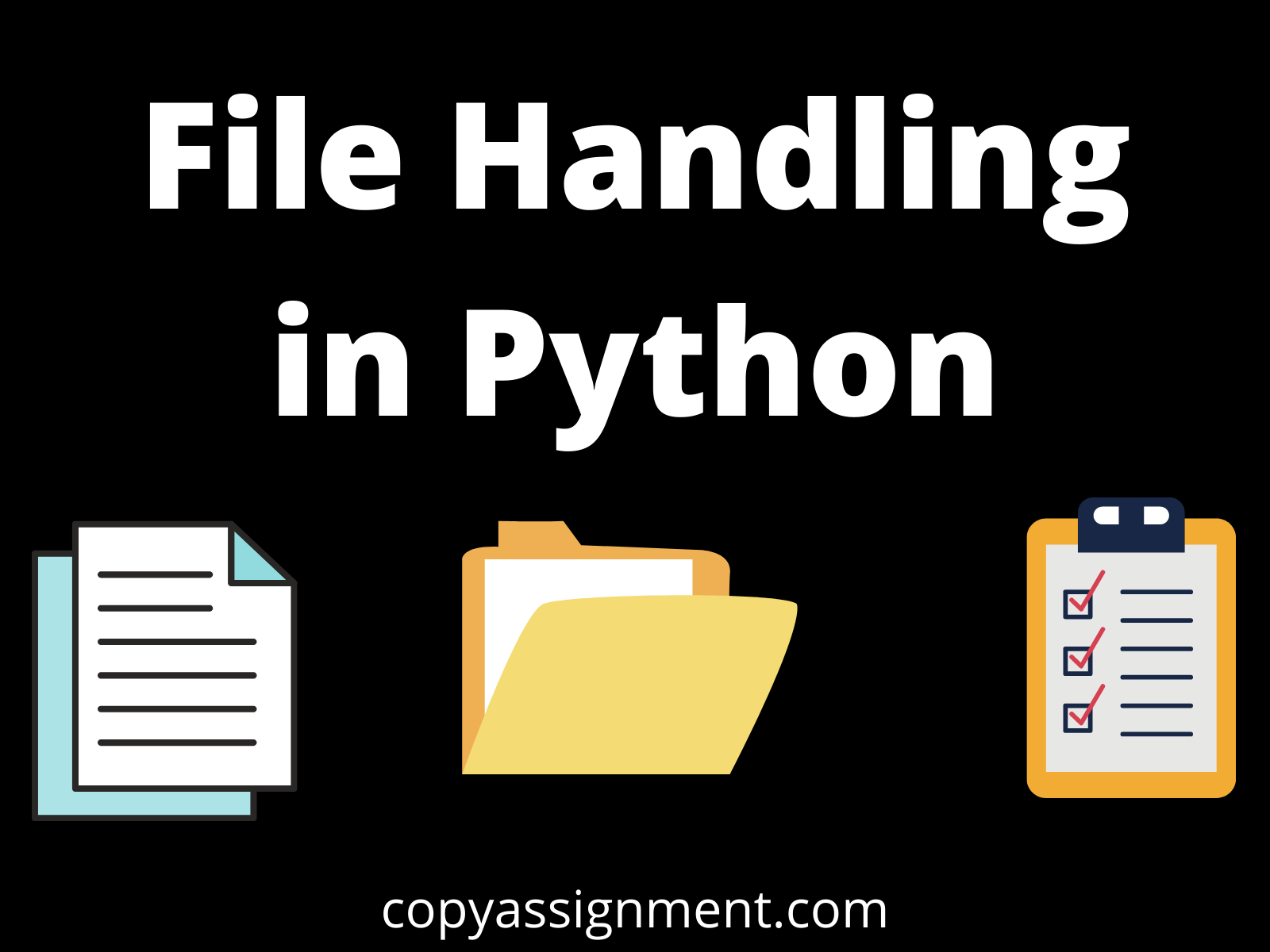JSON (JavaScript Item Notation) has turn out to be an ubiquitous data format used for info interchange. It’s light-weight, easy to go through, and easy to parse, rendering it ideal intended for various applications, which include web services, configuration files, and information storage. Python, some sort of popular programming language, has built-in assistance for JSON, so that it is easy to study and write JSON files. This complete guide will walk you through the means of working along with JSON in Python, covering from standard concepts to advanced usage.
Table regarding Contents
What is JSON?
Why Use JSON?
Installing Python in addition to Required Libraries
Looking at JSON Files
Fundamental JSON Reading
Dealing with Exceptions
Reading JSON from an WEB ADDRESS
Writing JSON Data
Basic JSON Creating
Customizing JSON Result
Dealing with JSON Files
Accessing JSON Data
Modifying JSON Data
Conclusion
What will be JSON?
JSON (JavaScript Object Notation) is usually a lightweight data interchange format that is certainly easy for human beings to study and create and straightforward for pieces of equipment to parse in addition to generate. JSON is usually primarily used in order to transmit data among a server plus a web app as text. Its language-independent and is usually depending on a part in the JavaScript Coding Language.
JSON Construction
A JSON document consists of key-value pairs, where keys will be strings and ideals may be strings, figures, objects, arrays, booleans, or null. Here’s a fundamental example of some sort of JSON object:
json
Copy code
„name“: „Alice“,
„age“: 30,
„is_student“: false,
„courses“: [„Math“, „Science“],
„address“:
„street“: „123 Main St“,
„city“: „Ludhiana“
Why Use JSON?
Convenience: JSON is simple to read in addition to write, making that user-friendly.
Lightweight: JSON is much less verbose compared to XML, leading to reduced data dimensions.
Language Support: Nearly all programming different languages support JSON, letting easy data interchange.
news : JSON supports nested constructions (objects and arrays), enabling complex data representation.
Installing Python and Required Libraries
To work using JSON in Python, you need in order to have Python installed on your method. You could download Python through the official Python website. JSON assistance is included in Python’s standard library, as a result no additional your local library are expected. However, make sure you have the latest version of Python for compatibility.
Looking at JSON Files
Fundamental JSON Reading
To study a JSON file, you can employ Python’s built-in json module. Below is usually an example showing how to study a JSON record.
Example: Reading JSON from the File
python
Copy code
importance json
# Open and read the JSON data file
together with open(‚data. json‘, ‚r‘) as file:
info = json. load(file)
# Print the particular data
print(data)
Within this example, the json. load() function says the contents of data. json and parses it into a new Python dictionary.
Dealing with Exclusions
While studying JSON files, it’s necessary to handle exclusions to manage errors gracefully. Common exceptions contain FileNotFoundError and json. JSONDecodeError.
Example: Coping with Conditions
python
Replicate code
import json
try:
with open(‚data. json‘, ‚r‘) simply because file:
data = json. load(file)
print(data)
except FileNotFoundError:
print(„The file does not necessarily exist. „)
apart from json. JSONDecodeError:
print(„Error decoding JSON. „)
Reading JSON coming from an URL
You may also read JSON data directly from the URL using the requests library. Produce sure to install it first using pip install requests.
Example: Reading JSON from an LINK
python
Copy code
import json
transfer requests
url = ‚https://api.example.com/data‘
response = requests. get(url)
info = response. json() # Automatically parse the JSON reply
print(data)
Writing JSON Files
Basic JSON Writing
Writing JSON to a file is equally as straightforward while reading it. Employ the json. dump() method to write Python objects to a JSON file.
Instance: Writing JSON to a File
python
Duplicate code
import json
data =
„name“: „Alice“,
„age“: 30,
„is_student“: False,
„courses“: [„Math“, „Science“],
„address“:
„street“: „123 Main St“,
„city“: „Ludhiana“
# Write info to a JSON record
with open(‚output. json‘, ‚w‘) while file:
json. dump(data, file)
Customizing JSON Output
You will customize the JSON output by utilizing optional parameters like indent for pretty printing and sort_keys to be able to sort the keys.
Example: Customizing JSON Output
python
Copy code
import json
data =
„name“: „Alice“,
„age“: 30,
„is_student“: False,
„courses“: [„Math“, „Science“],
„address“:
„street“: „123 Main St“,
„city“: „Ludhiana“
# Write organised data to some JSON file
with open(‚output_pretty. json‘, ‚w‘) since file:
json. dump(data, file, indent=4, sort_keys=True)
Working with JSON Data
Accessing JSON Data
Once you have read a JSON file in to a Python dictionary, accessing the information is straightforward. You may use standard book methods to access values.
Example: Getting at JSON Data
python
Copy code
transfer json
with open(‚data. json‘, ‚r‘) while file:
data = json. load(file)
# Access specific ideals
name = info[’name‘]
age = data[‚age‘]
town = data[‚address‘][‚city‘]
print(f“Name: name, Age: age, Town: city „)
Modifying JSON Data
An individual can also change the data within the Python book before writing this back to some sort of JSON file.
Illustration: Modifying JSON Files
python
Copy codes
import json
# Read existing data
with open(‚data. json‘, ‚r‘) as file:
data = json. load(file)
# Modify the info
data[‚age‘] += one particular # Increment age group by 1
info[‚courses‘]. append(„History“) # Add a new study course
# Write customized data back to be able to the JSON document
with open(‚data. json‘, ‚w‘) as file:
json. dump(data, record, indent=4)
Bottom line
Working with JSON data files in Python is straightforward thanks to the built-in json module. In this complete guide, you figured out how to read and write JSON files, handle exclusions, and manipulate JSON data. JSON is definitely a powerful format that facilitates data interchange, so that it is essential for modern apps. By mastering JSON in Python, you can handle data more efficiently and effectively, enabling you to create robust software that can communicate seamlessly with numerous data sources. Regardless of whether you are working on web programs, data analysis, or even any project demanding data interchange, comprehending JSON will serve you well.
